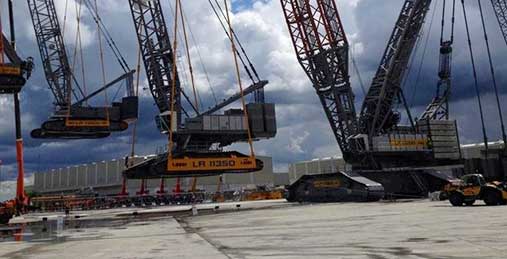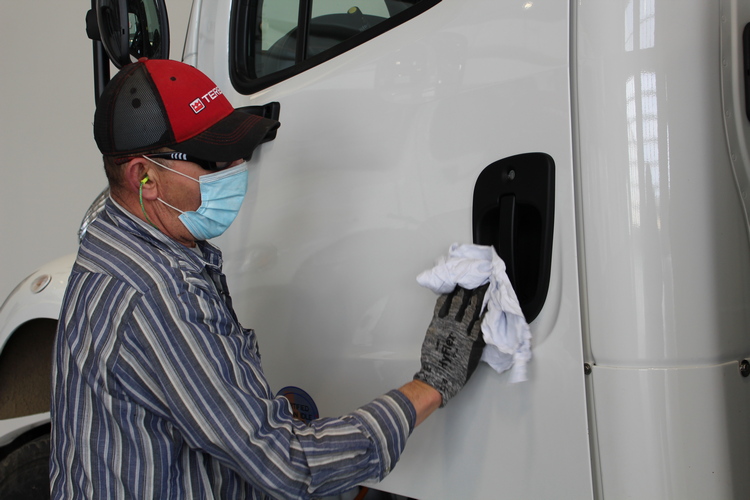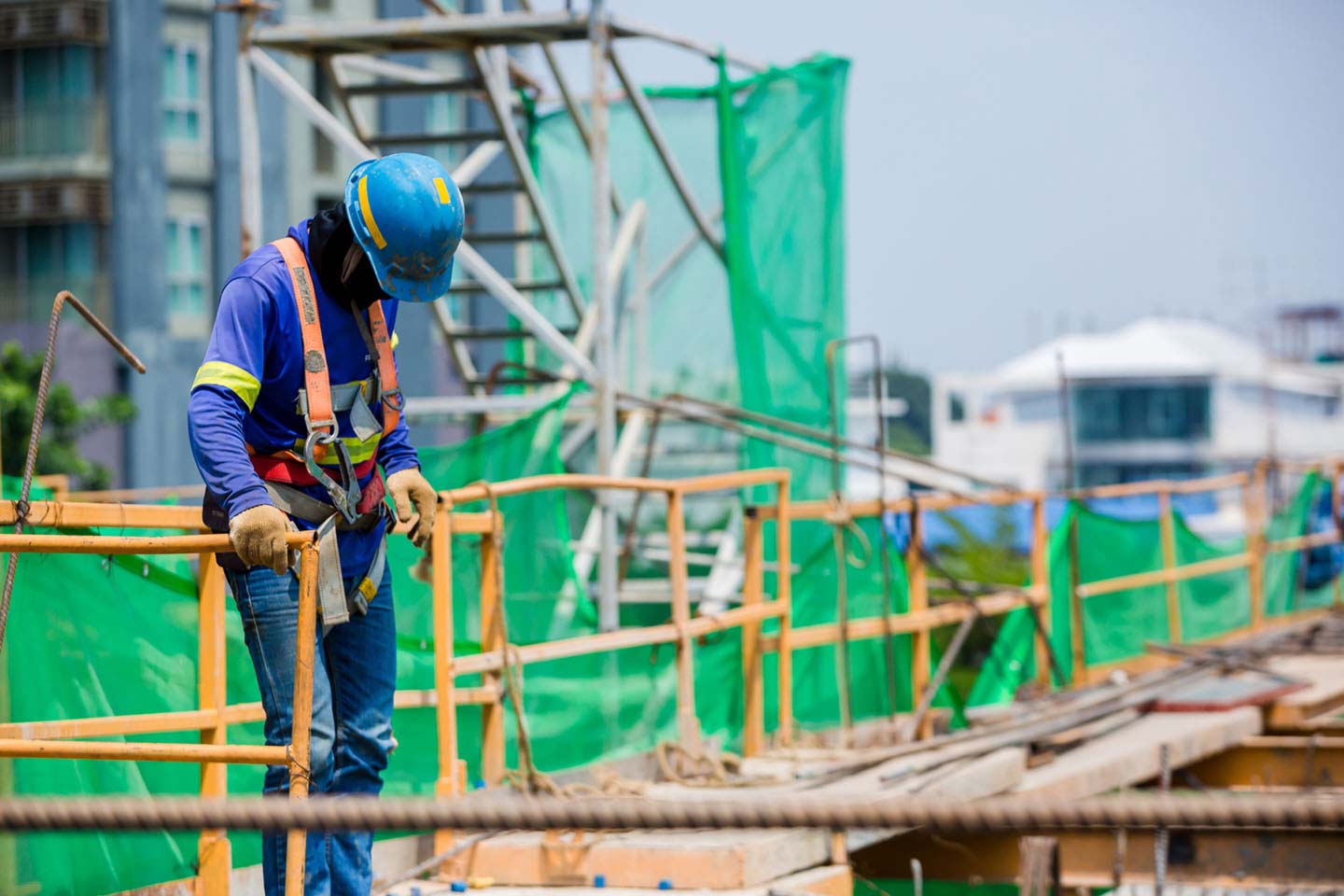The need for frequent and thorough disinfecting of work trucks like aerial devices and digger derricks is a new task for service managers. In response to questions from customers, Terex Utilities has released Tech Tip #140 to provide a reminder of the many surfaces on a piece of equipment that may have been touched by crew members. “It’s a good idea to clean and disinfect commonly touched surfaces at the beginning and end of each shift or crew change. Terex Utilities recommends using disinfectant wipes and following CDC guidelines for developing and implementing a cleaning plan,” said Jason Julius, technical … Read more
COVID-19 Response (Part 2): How Companies are Adapting to Current Climate
Last month, Construction Superintendent featured best practices—compiled by The Builder’s Association—to help protect the safety and well-being of the industry, including your crews, trade partners, clients and the general public. While countries all over the world continue to enact and update policies and procedures to slow the spread of the coronavirus disease, as essential workers, contractors remain on the frontlines each day. And for this issue, Construction Superintendent asked general contractors how they’re dealing with the COVID-19 climate in light of what is presently known about the disease. The response was overwhelming. Here’s what respondents had to say: Kraus-Anderson Shifting … Read more
Updated Coronavirus Guidance Available for Construction Workers, Employers
CPWR continues to expand the resources it offers to help construction employers take necessary precautions to keep workers safe during the coronavirus pandemic. Its COVID-19 page includes an updated version of the CPWR/NABTU guidance, available in English and Spanish; links to the latest information from key agencies like the CDC, NIEHS, NIOSH and OSHA and resources from industry partners like the Laborers’ Safety & Health Fund of North America and Milwaukee Tools. CPWR encourages readers to email them with relevant information, including materials on COVID-19 they have developed, and examples of how the industry has been supporting the nationwide response, such as making … Read more
COVID-19 Response (Part 1): What You Need to Know to Protect Your Crews
Amidst the growing uncertainties surrounding the global pandemic, it’s critical that we do what we can to slow the spread of COVID-19—while at the same time attempt to maintain “business as usual” —with safeguards in place to better protect the safety and well-being of employees, trade partners, clients and the general public. The following recommended best practices, recently published by The Builder’s Association, are based on what is presently known about the coronavirus disease. As this issue progresses or recedes, the organization strongly recommends contractors stay current and immediately implement the most up-to-date best practices going forward. Personal responsibilities It … Read more
Top 3: Strategies to Build a Safety Culture + Trends to Watch
By Jack Cain It’s common knowledge construction is dangerous work. Over the years, the industry has built an extensive knowledge base consisting of safety do’s and don’ts. But when it comes to protecting people, it’s not enough to implement safety practices and post them on a wall. Today’s contractors must reinforce safety as the No. 1 priority by fostering a workplace culture that demonstrates care for its employees and their families, fellow craftspeople on the job and its customers. This can be accomplished by employing the following three strategies: 1) education and training, 2) implementing addiction and mental health support … Read more















 Join our thriving community of 70,000+ superintendents and trade professionals on LinkedIn!
Join our thriving community of 70,000+ superintendents and trade professionals on LinkedIn! Search our job board for your next opportunity, or post an opening within your company.
Search our job board for your next opportunity, or post an opening within your company. Subscribe to our monthly
Construction Superintendent eNewsletter and stay current.
Subscribe to our monthly
Construction Superintendent eNewsletter and stay current.